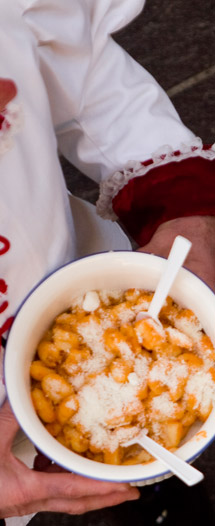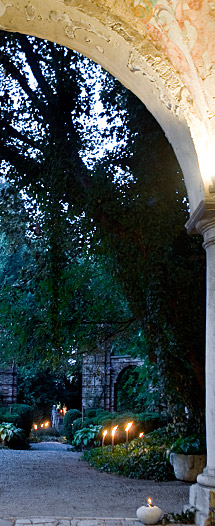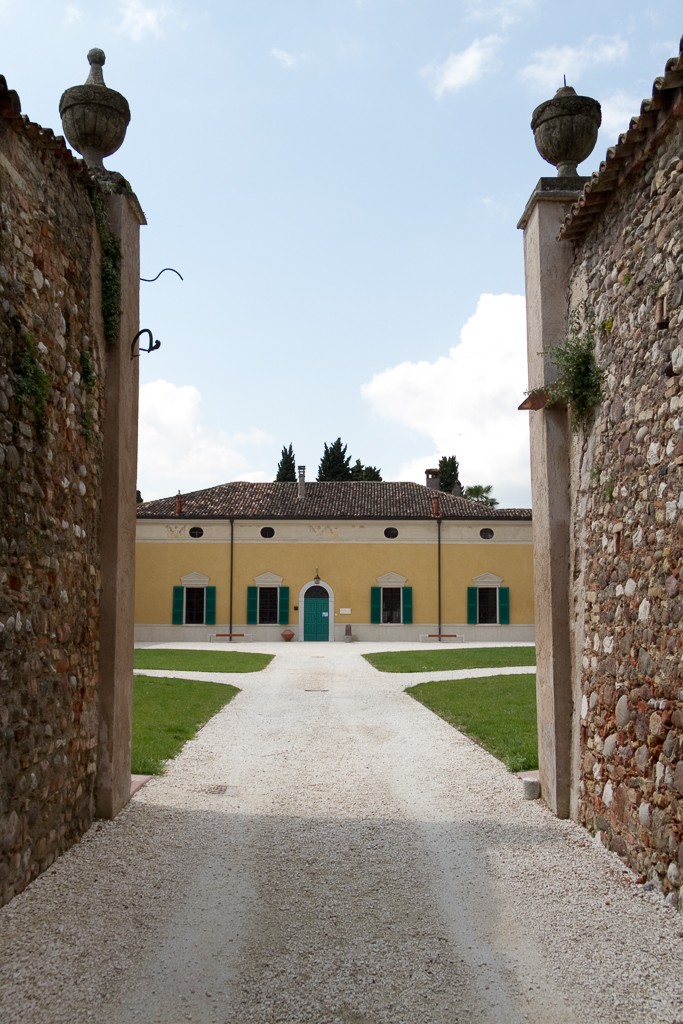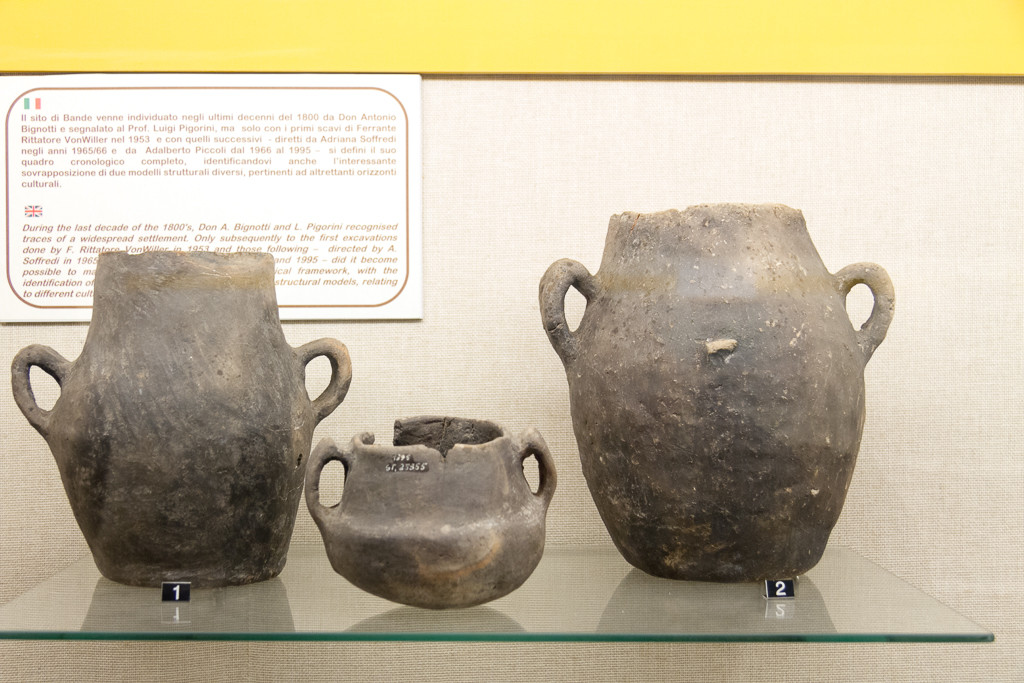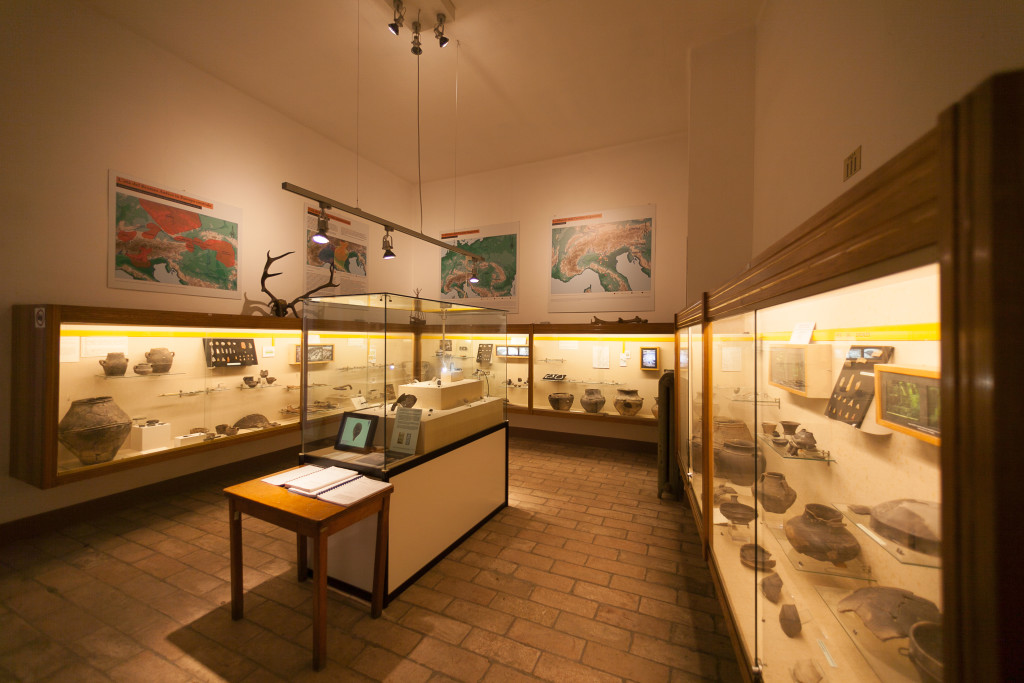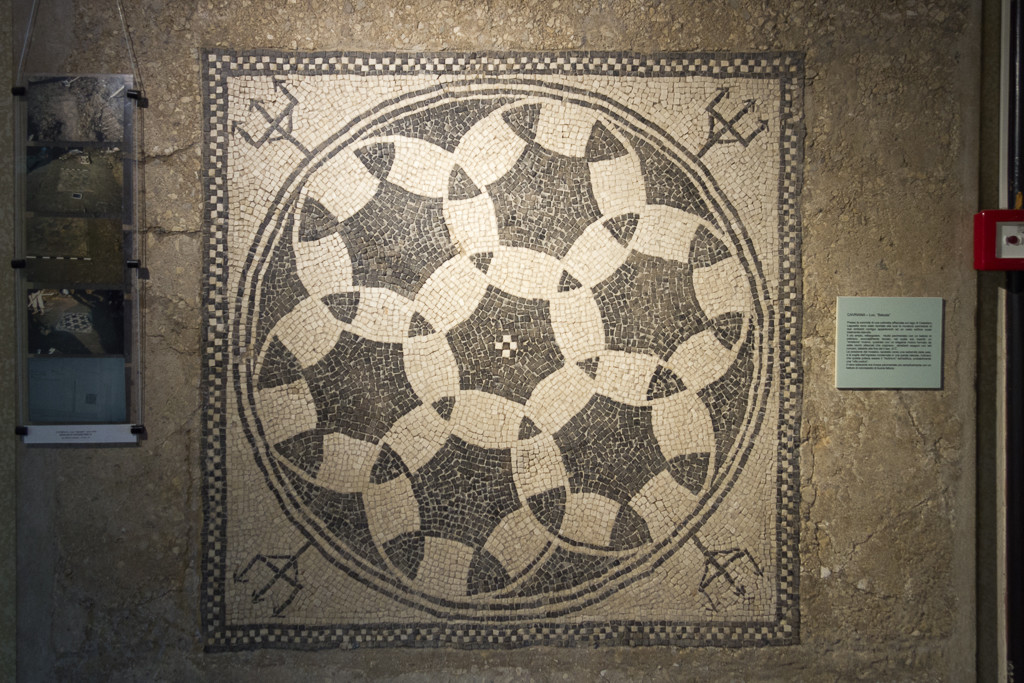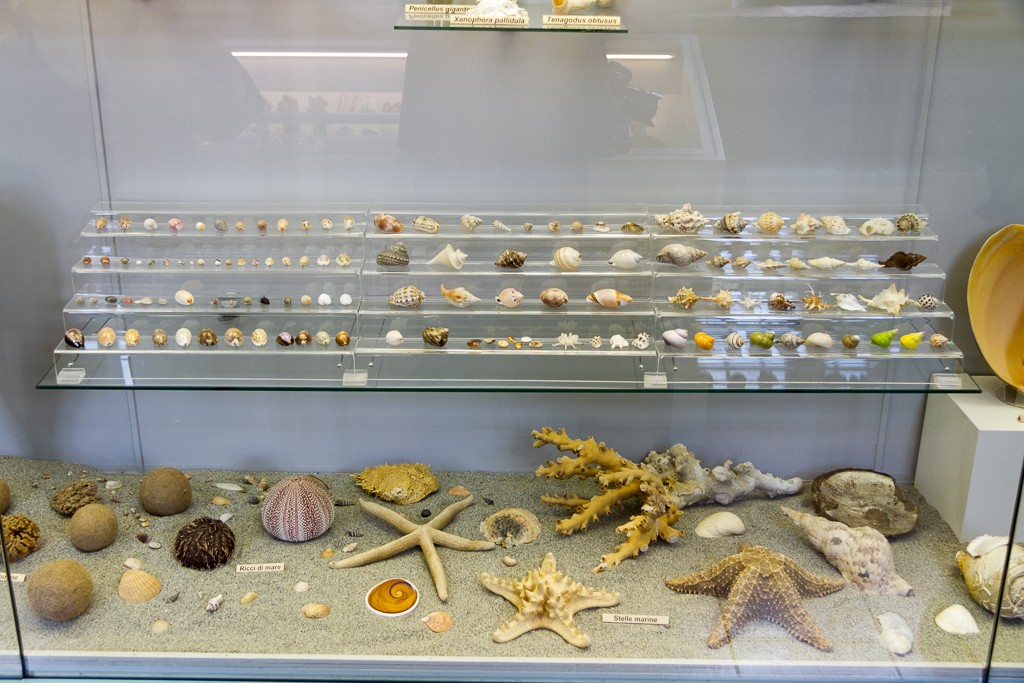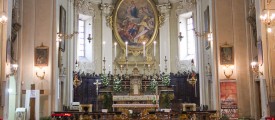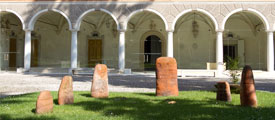Alto Mantovano Archaeological Museum
Estabilished in 1967 and set up by Gruppo Archeologico Cavriana, it is located in the oldest wing of Villa Mirra, an eighteenth century building with a rich historical past.
Within its halls are collected the most significant findings, from the area between the southern Lake Garda and the Po valley, exhibited in chronological order. This area, due to its strategic geographical position, was one of the most important natural knots of encounter and exchange of cultures and commerce of ancient Europe. (errore: strategica è scritto sbagliato)
Particularly interesting are various Neolithic settlements dating from the fifth to the fourth millennium BC, vast pile-dwelling villages of the Bronze Age (II millennium BC), (errore: età DEL bronzo) traces of Gallic settlements, and important remains of Roman buildings and necropolis dated between the first century BC and the fourth century AD. (errore: databili è scritto sbagliato) The prehistoric pile-dwelling sites in Bande in Cavriana and Castellaro Lagusello have allowed in 2011 the registration of the Museum in the UNESCO World Heritage List.
In the halls of the Museum are also documented more recent periods such as the Middle Ages through some Lombard artifacts and the Renaissance with coins, ceramics and pottery. At the end of the trail there is a room, reassembled with the original furnishing, where Napoleon III stayed during the Battle of Solferino (1859).
On 1 February 2014 the naturalistic section of the Museum was opened, thanks to Franco Cortesi’s donation. Article: http://gazzettadimantova.gelocal.it/cronaca/2014/01/15/news/al-museo-archeologico-donata-una-collezione-di-conchiglie-e-minerali-1.8477671

